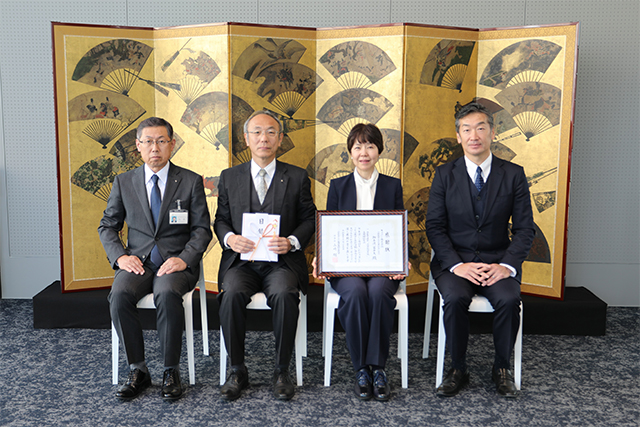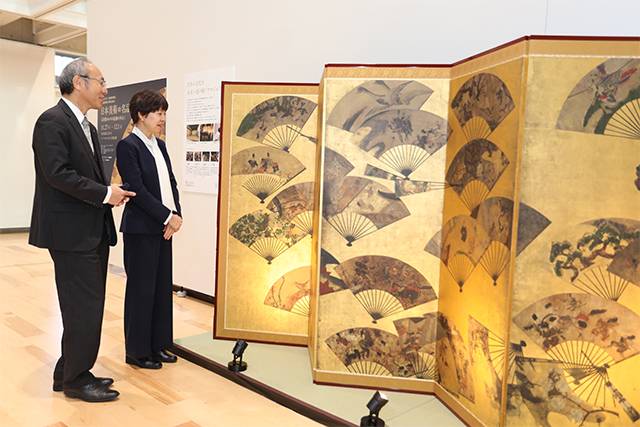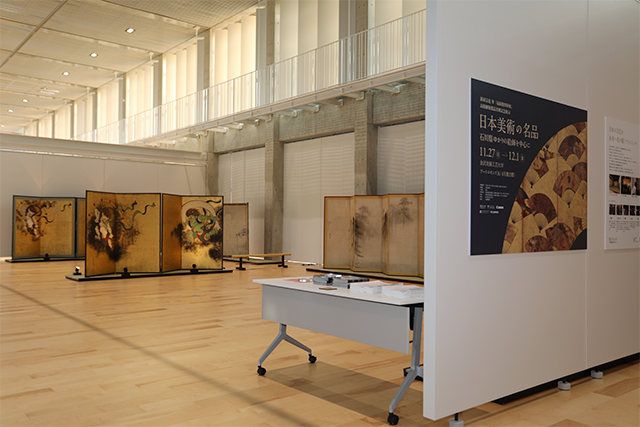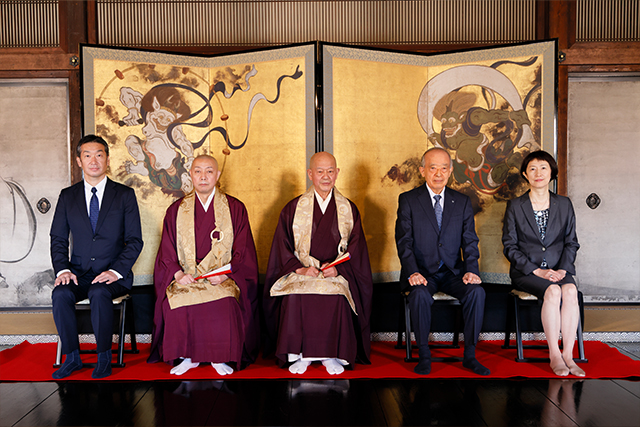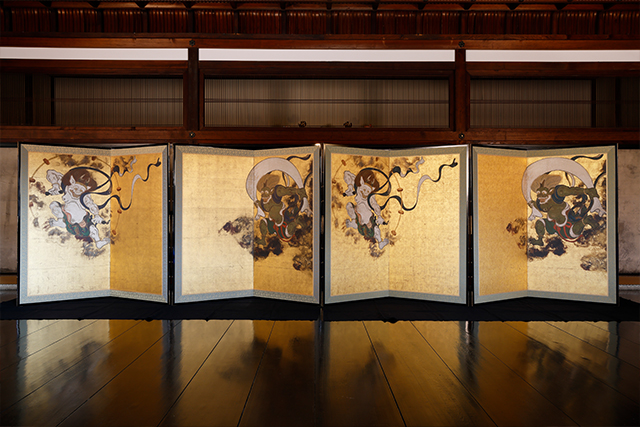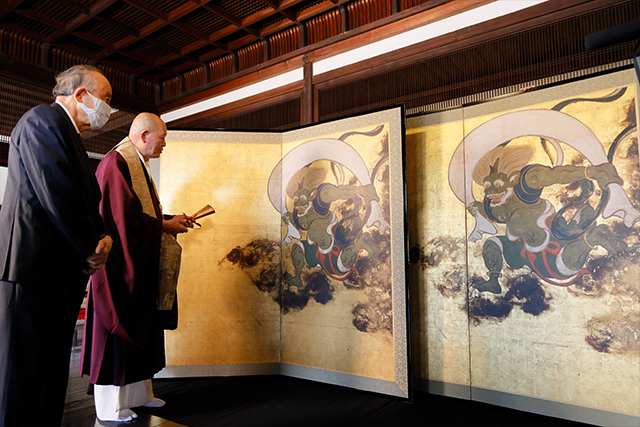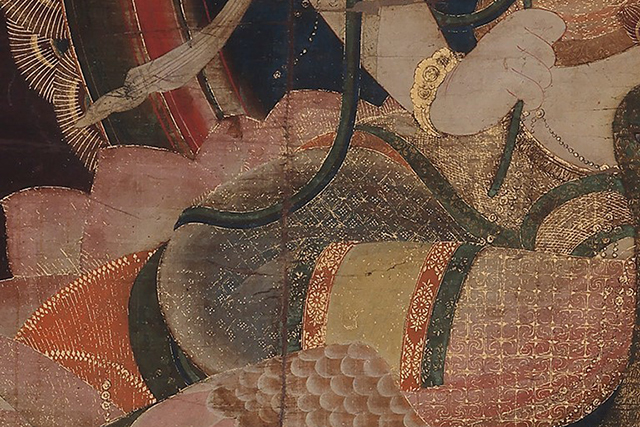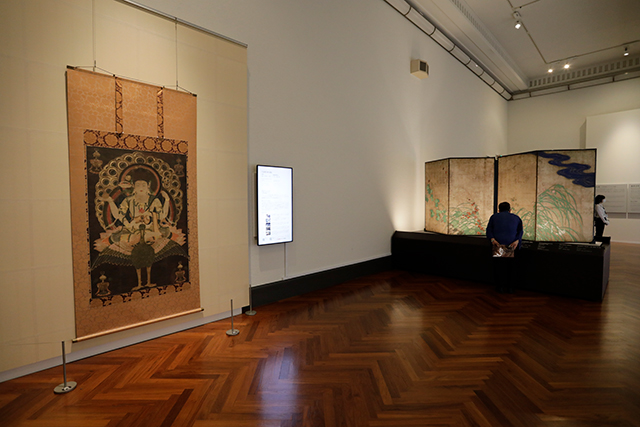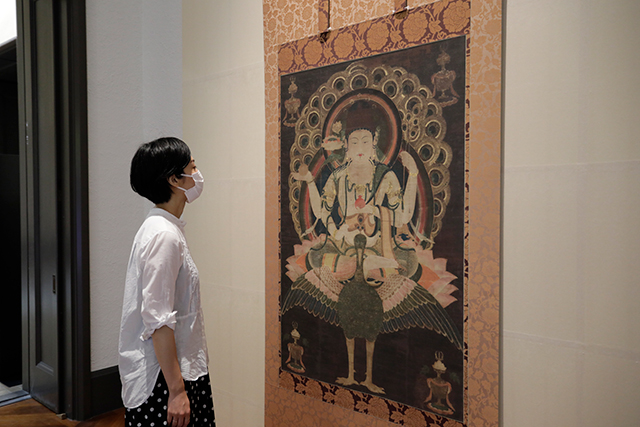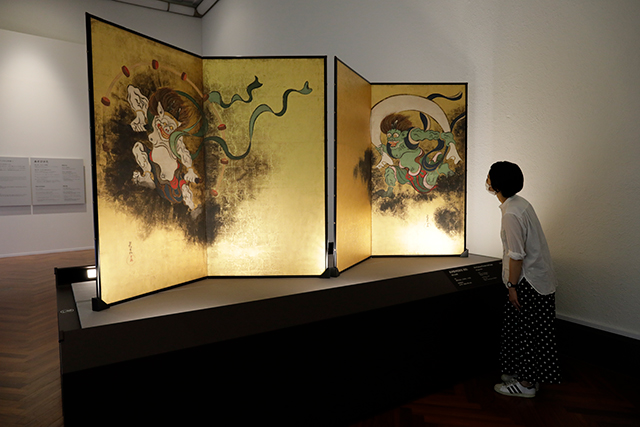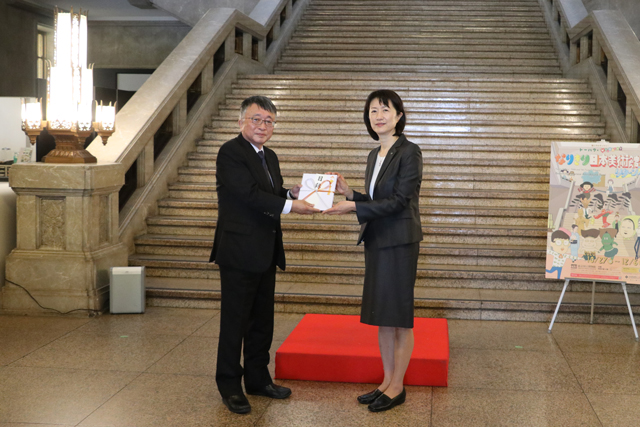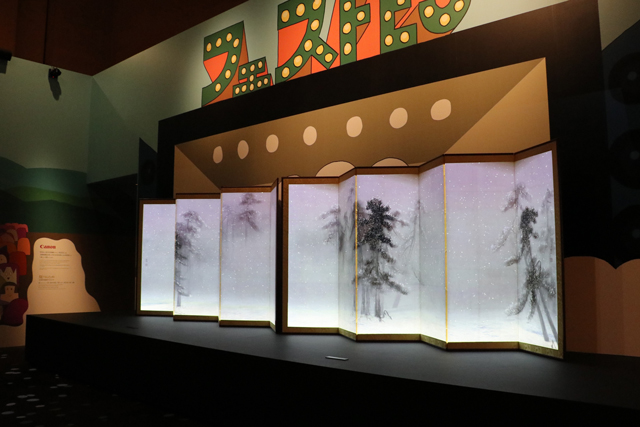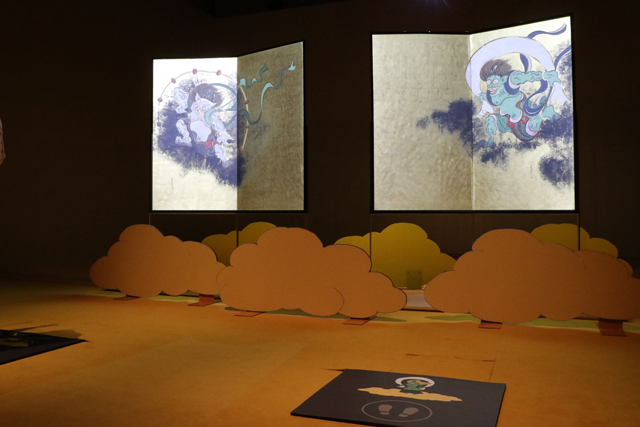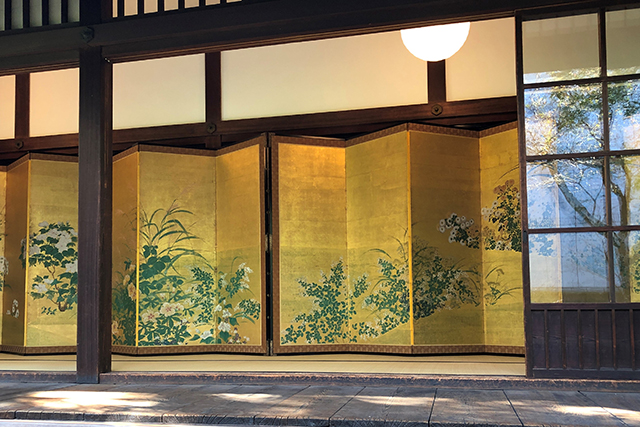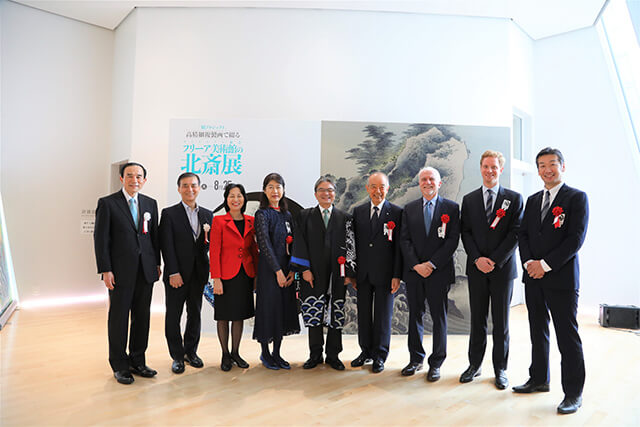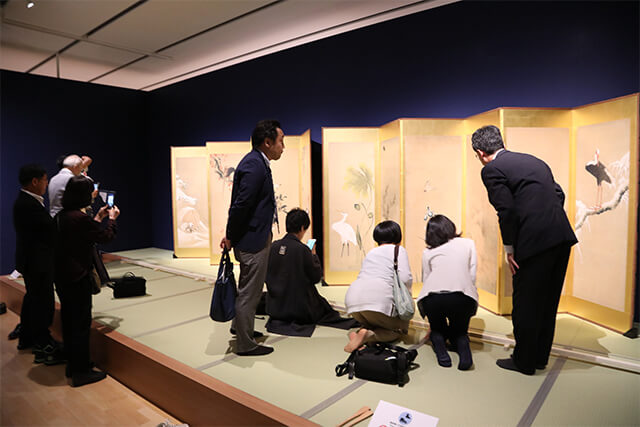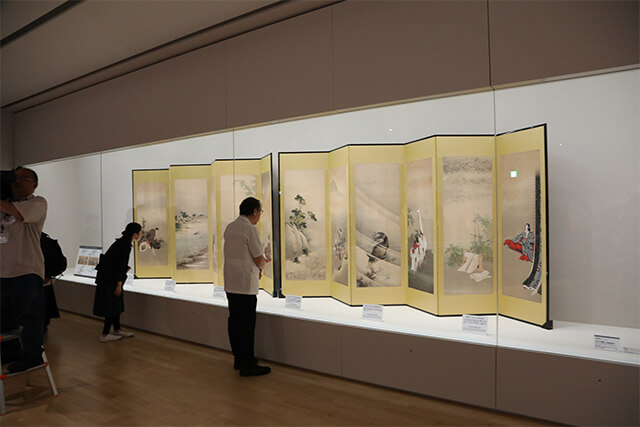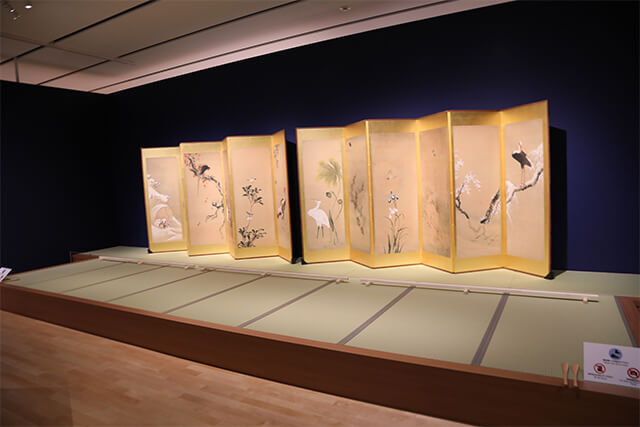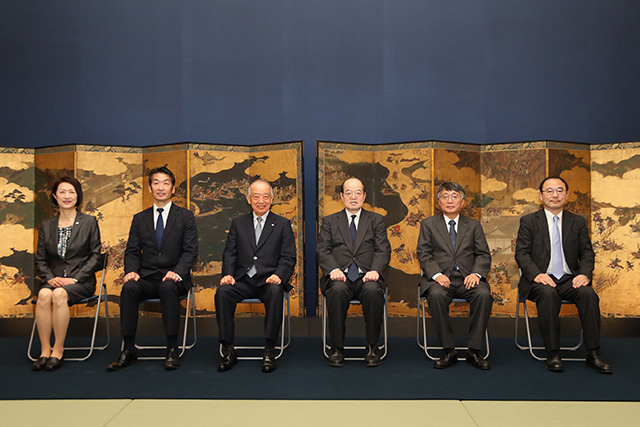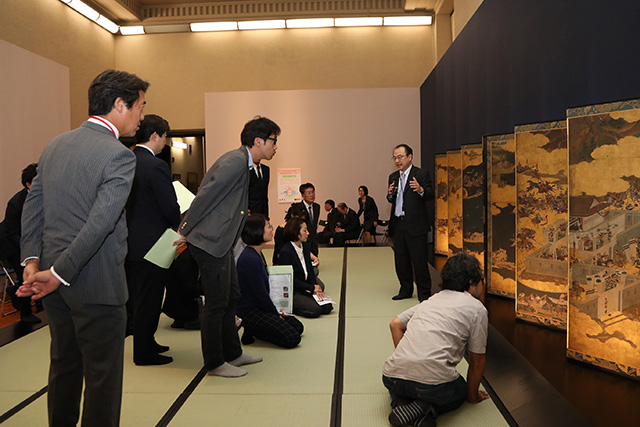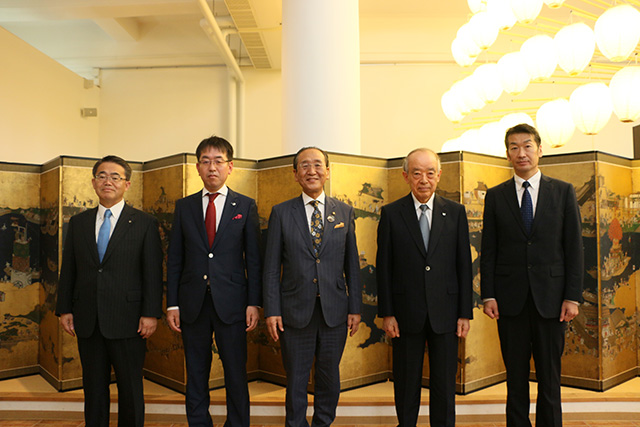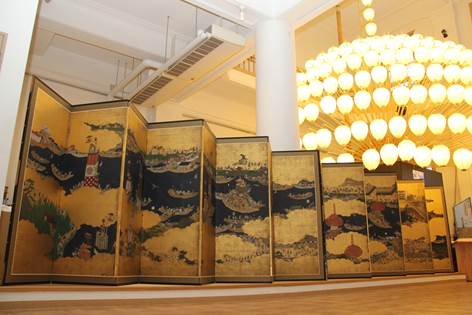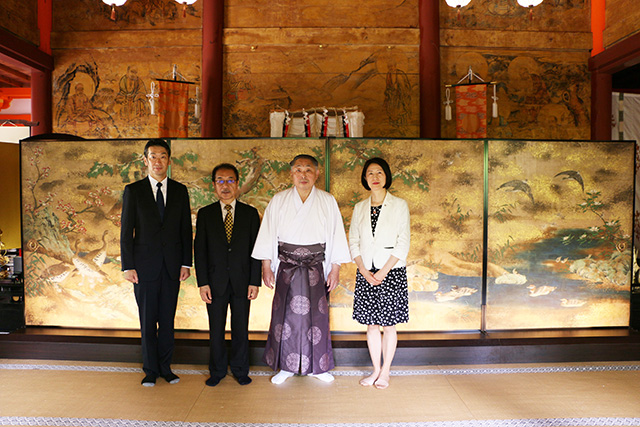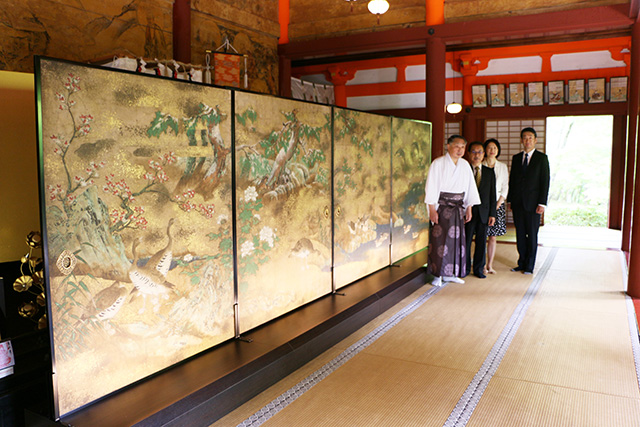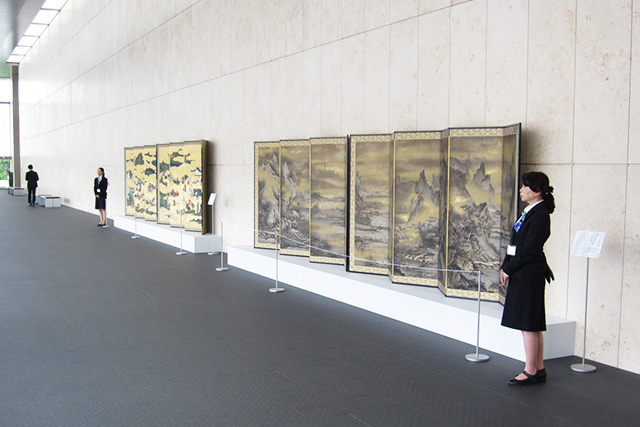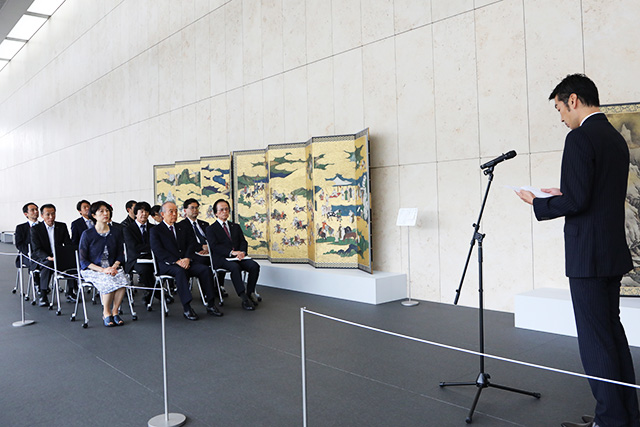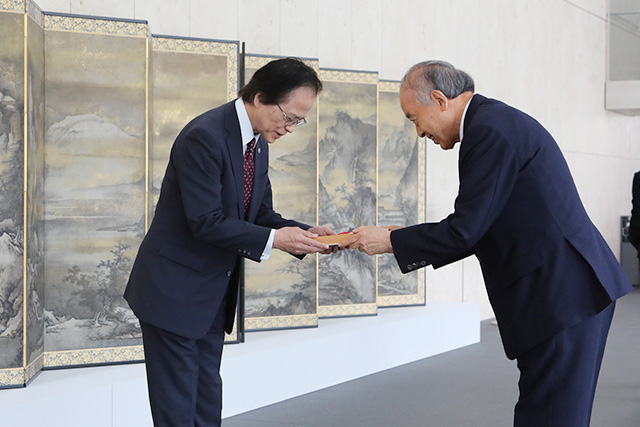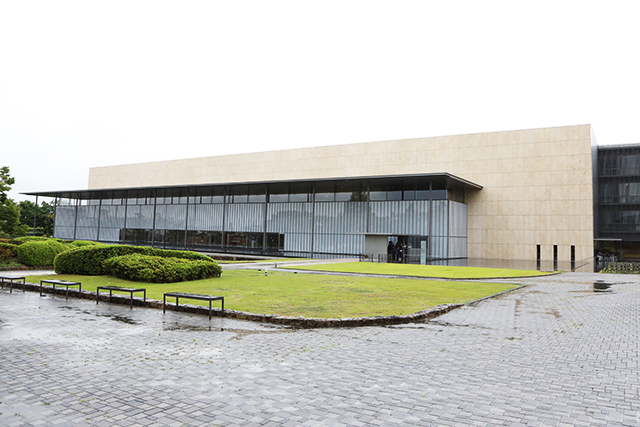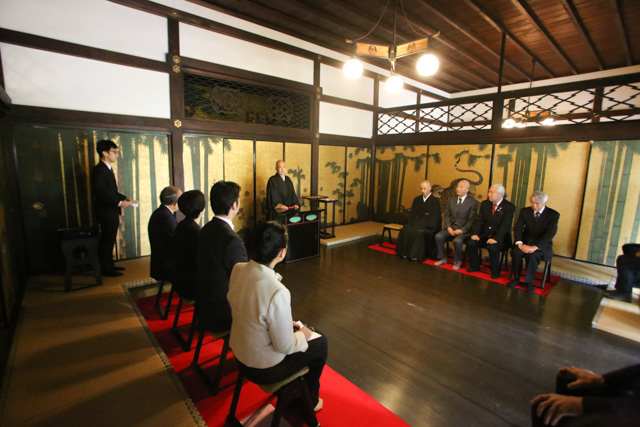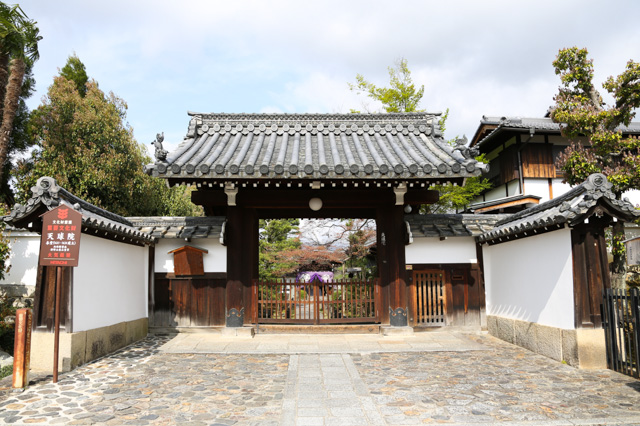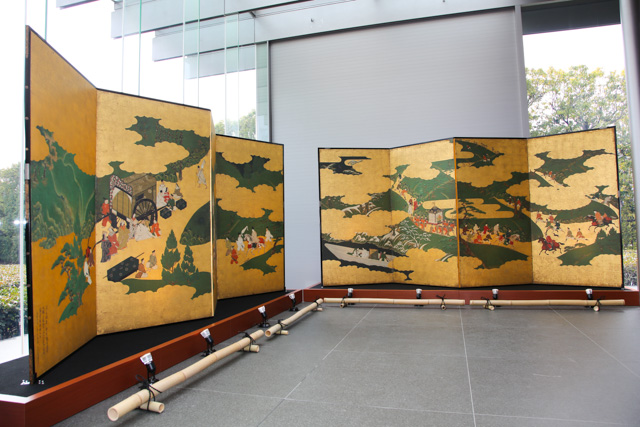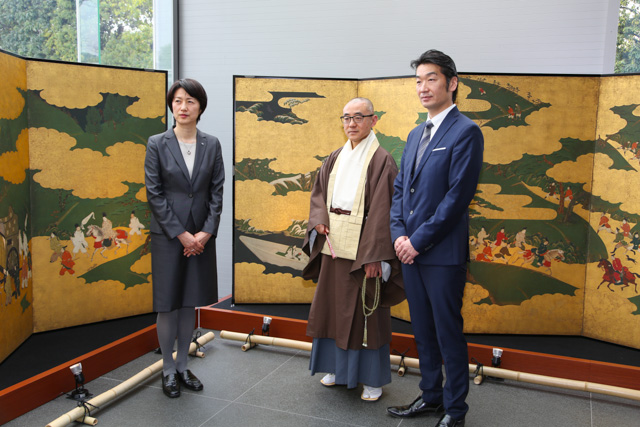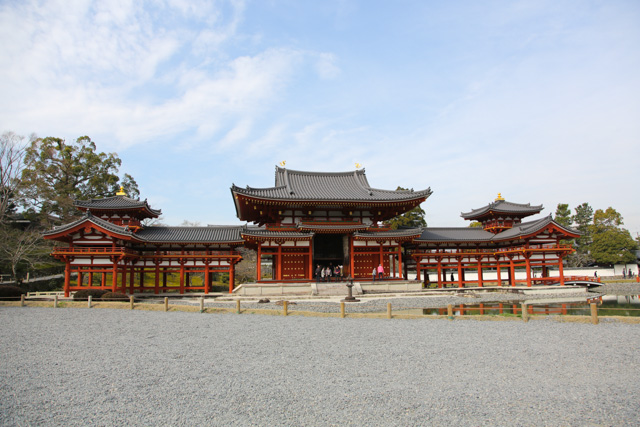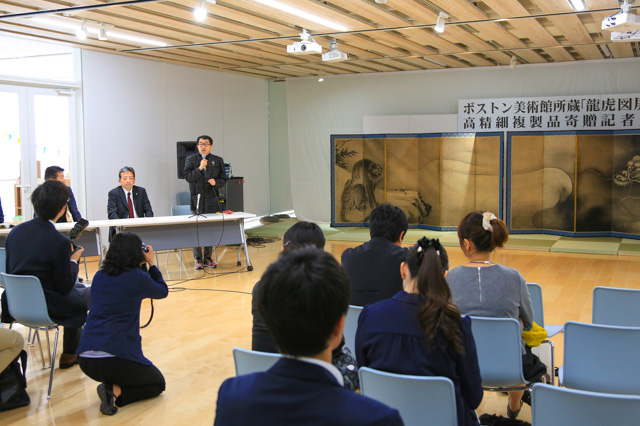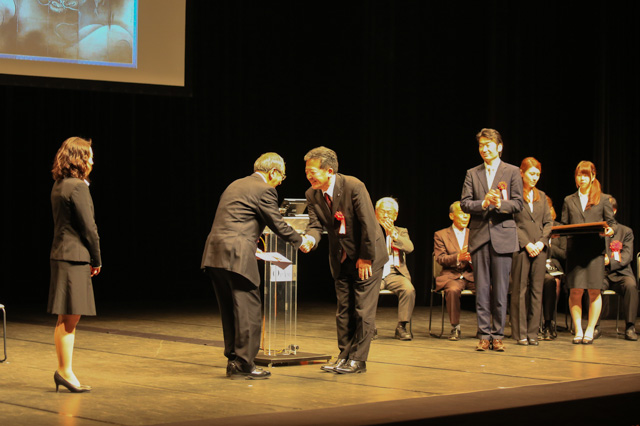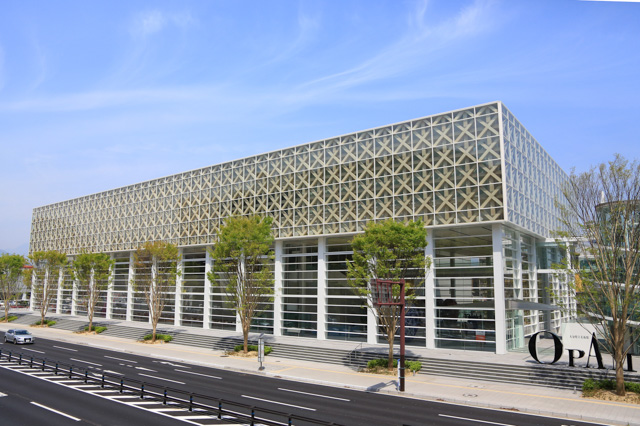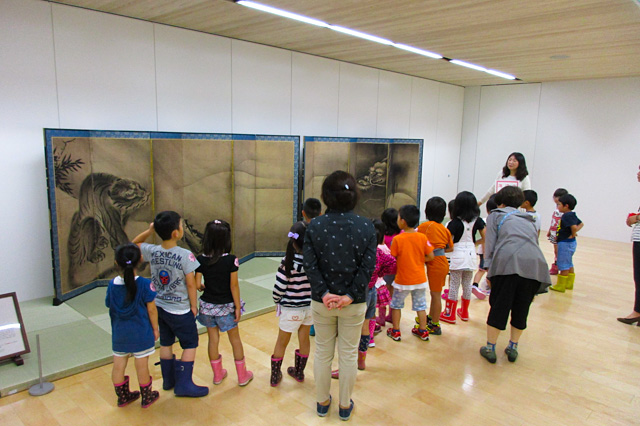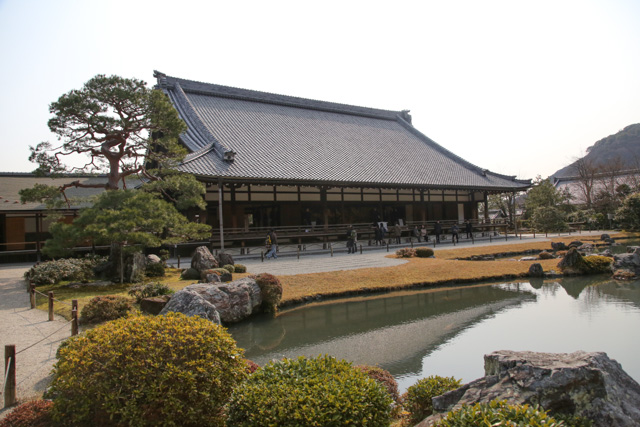December 27, 2023
Tsuzuri Project Donates High-Resolution Facsimile of “Screen with Scattered Fans,” by Tawaraya Sotatsu, to Kanazawa College of Art
On November 27, 2023, a high-resolution facsimile of the “Screen with Scattered Fans,” by Tawaraya Sotatsu was donated to Kanazawa College of Art. The original is part of the Smithsonian’s National Museum of Asian Art collection, and the high-resolution facsimile was created during Stage 16 of the Tsuzuri Project.
Located in Washington, D.C., the Smithsonian’s National Museum of Asian Art is famed for being a treasure house of Japanese art. In accordance with the will of the founder Charles Lang Freer, the collection is not allowed to be lent outside the museum, meaning that the artworks it houses can only be seen by visitors to the museum. For this reason, the Tsuzuri Project has created high-resolution facsimiles of numerous masterpieces owned by the museum, to enable them to be viewed in their homeland.
Before it was purchased by Freer, the Smithsonian’s records indicate that “Screen with Scattered Fans” was located in Kaga, Ishikawa. The Tsuzuri Project donated the facsimile to Kanazawa College of Art out of a desire for the artwork to be appreciated by as many people as possible, and because Tawaraya Sotatsu is thought to be buried in Kanazawa.
To commemorate the donation, from Monday, November 27 to Friday, December 1, 2023, Canon and Kyoto Culture Association held an exhibition open to the general public entitled “Masterpieces of Japanese Art: Painters Associated with Ishikawa Prefecture.” Included among the six high-resolution facsimiles of works by painters associated with Ishikawa Prefecture was the “Pine Forest” by Hasegawa Tohaku,.
